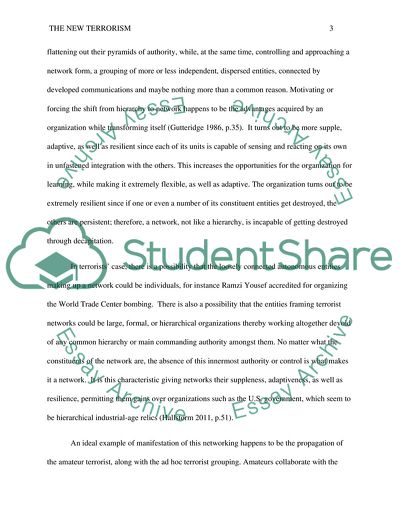Cite this document
(What Defines and What Motivates the New Terrorism Essay Example | Topics and Well Written Essays - 2000 words, n.d.)
What Defines and What Motivates the New Terrorism Essay Example | Topics and Well Written Essays - 2000 words. https://studentshare.org/history/1775529-what-defines-and-what-motivates-the-new-terrorism
What Defines and What Motivates the New Terrorism Essay Example | Topics and Well Written Essays - 2000 words. https://studentshare.org/history/1775529-what-defines-and-what-motivates-the-new-terrorism
(What Defines and What Motivates the New Terrorism Essay Example | Topics and Well Written Essays - 2000 Words)
What Defines and What Motivates the New Terrorism Essay Example | Topics and Well Written Essays - 2000 Words. https://studentshare.org/history/1775529-what-defines-and-what-motivates-the-new-terrorism.
What Defines and What Motivates the New Terrorism Essay Example | Topics and Well Written Essays - 2000 Words. https://studentshare.org/history/1775529-what-defines-and-what-motivates-the-new-terrorism.
“What Defines and What Motivates the New Terrorism Essay Example | Topics and Well Written Essays - 2000 Words”. https://studentshare.org/history/1775529-what-defines-and-what-motivates-the-new-terrorism.


